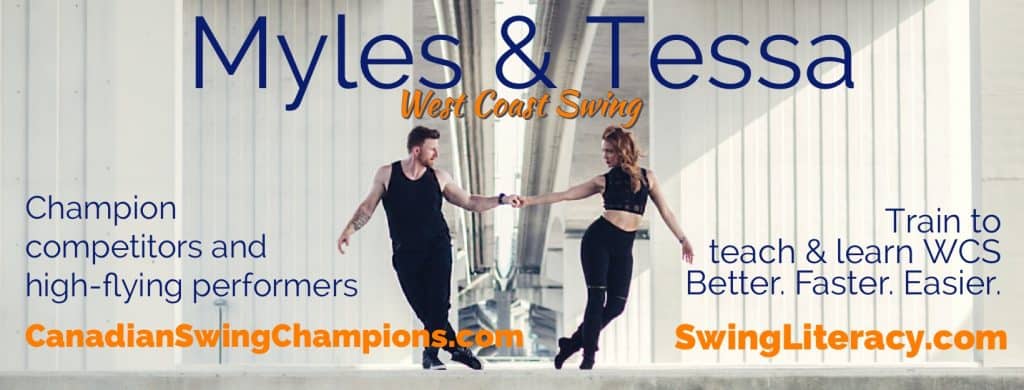No products in the cart.
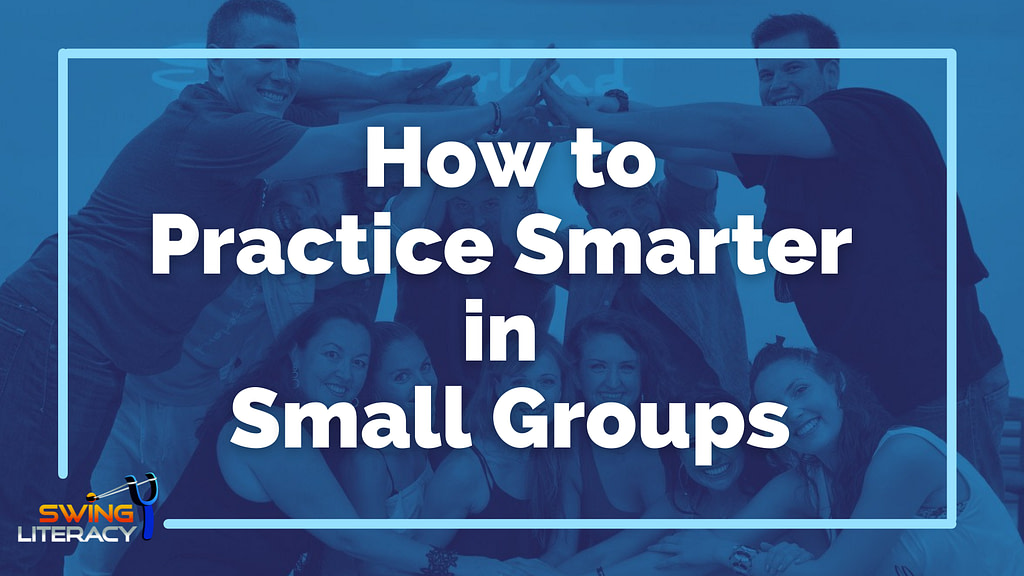
How to practice smarter in small groups
Reading Time: minutes remaining
Many dancers know they should be practicing and want to practice together...
But how? This is a format you might not be used to, and the last thing you want to do is waste time and frustrate each other, right?
Problem solved!
In this article, I’m going to explain how to practice effectively with a small group of peers (which we call a Peer Practica) in a way that is way more productive than just a casual mini-social.
Be sure to read till the end to get a free, thorough, specific, how-to guide on setting up and running a Peer Practica.
What is a Peer Practica?
Peer Practica are group practice sessions that are not instructed by a teacher. A small group of 3-16 local dancers assembles to work on “homework” they received previously from their teachers.
As we transition out of pandemic, the homework might just feel like "remembering how to dance", but in general, practica dancers participate in a variety of activities, drills, exercises, and social dance practice while exchanging feedback in a safe environment. I'll talk more about content later.
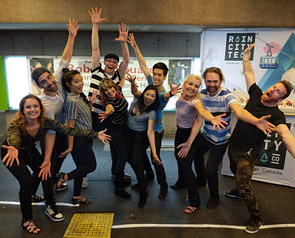
The Peer Practica an extremely effective tool to focus your practice and get the feedback you need. Normally, Peer Practica can serve to fill in the gaps between your private lessons or conventions, and maintain your momentum of growth. But in this case, it will serve to help you and your peers transition back to full-time WCS social dancing.
Of course, you could name it whatever you like: Peer Practica, Peer Jam, Group Practica, Practice Group, etc, but the point is that it is more training-oriented than just a micro-social or house party.
Why we recommend a Peer Practica now
1. Build confidence in a more comfortable and contained group
Diving into the big pool of dancers at a social dance or even a large group class might be too overwhelming right now after over a year of relative solitary confinement.
Practicing with one partner at home is a great start, but it can also be a dead end because it doesn't help you practice "code-switching" to adapt to multiple partners' skillsets and habits when you go social dancing.

Socially, you might also need to build up your tolerance to stimulation like loud music, crowded floors, and tracking conversations.
So starting with a small group gives you a chance to play in the kiddie pool first, wake up skills that have been hibernating, catch up and reconnect with a few friends first, and establish some empathy amongst each other and confidence in yourself.
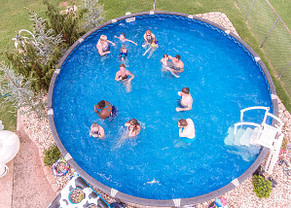
2. Get feedback you need to balance out your training
What essential nutrient do group classes, social dancing, and YouTube all fail to provide?
None of them provide adequate feedback.
Getting feedback is seeing where on the target the arrow landed, watching someone’s facial reaction as you tell them news, or pain when you twist your arm too far behind your back. The simple knowledge of the results of your efforts, no matter how small. You know you need feedback to grow. Feedback can be visual, verbal, or physical. Without feedback, you’re sailing in the dark.
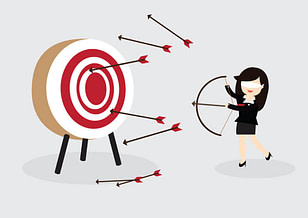
Ideally, you would get feedback from private lessons either live or online, but these are not always accessible.
You can definitely get feedback from your social dance partners, but the quality of that feedback will depend on how skilled they are at analyzing your movement, or how good you are at asking the right questions.
What you need is a:
- safe, small, structured environment where you can
- exchange quality feedback regularly with
- respectful peers
- who are as equally invested as you are in their own dance progress and
- who have been trained to exchange feedback effectively.
While it is socially unacceptable to offer feedback on the social dance floor, the Peer Practica is designed to be a safe place to exchange feedback, as long as we follow some guidelines. This is where that effective feedback exchange training comes in. Keep reading to find the resource we recommend for this.
So how does it work?
How to get started
1. Designate a Practica Leader
In the absence of a teacher, one or two people need to act as Practica Leader, which usually tends to default to the most advanced dancer in the group, but it doesn’t have to. The Practica Leader could be simply the most enthusiastic dancer.
The Leader position doesn't have to be permanent - it could rotate each session, but is an essential role. Here's why:
|
Learn more key tips to running a successful Peer Practica in our free guide. Read on!
2. Go in with a plan
Well first, have practice plan that is thoughtful and purposeful, based on recommendations from your coach.
Your first instinct might be to "keep things light" as you reunite, but a practica without structure is just a party. Which normally might be fine, but right now might make people feel even more uncomfortable.
Structure is good, especially in this awkward phase right now where people don't have a laundry list of things they want to work on from the last event they attended. Structure provides a comfortable skeleton of expectations to build from as people start feeling more confident.
"Structure" means both in content (drills, games, etc) and in operations (expectations, routines, agreements, etc). We have a free resource that provides all of this. Keep reading to find out how you can get it.
3. Avoid “the blind leading the blind”
Consensual feedback between peers can be super helpful! But, it is risky to depend on peers feedback exclusively, because:
- Not everyone in your group has an accurate memory of how a drill/technique is supposed to work
- Not all of the good advice they have to share is actually good fit for you - your body, your skillset, your stage of development, etc.
- Your group members have their own opinions but are not necessarily trained to troubleshoot and diagnose.
- It can be easy to infect each other with bad habits and confusion without intervention from a coach.

Myles coaching students to help each other using tools to provide unbiased feedback
So while peer feedback is valuable and everyone can help each other to some degree, try to arrange for professional feedback occasionally to provide guidance and course-correction. This would mean hiring a teacher (local or guest) to do a group coaching session.

In our Momentum membership, we provide our Swing Literacy graduates with a complete practice blueprint for every WCS skill so students know exactly what to practice and how and are trained to exchange feedback and practice together.
Momentum members: Now's the time to complete and the following for-credit activities from the Effective Practice Habits theme:
If you set your Peer Practica up with a solid structure, it can act as a vehicle to generate and maintain momentum, commitment, and enthusiasm in your community even once dancing is back to full force!
Of course, there are several more tips to help ensure your Peer Practica is fun, successful, and inspiring….
Want our free step-by-step guide on how to organize a successful Peer Practica?
We want to help you avoid common mistakes and succeed in setting up your Peer Practica, so we have taken out the guesswork and created this free guide for you!
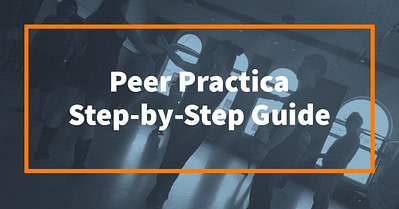
Peer Practica Step-by-Step Guide
includes:
Step-by-step
instructions
We’ve outlined 17 steps to show you exactly what to do to set up and manage a Peer Practica so even if you have no organizing experience, you can take this initiative and start today.
Practice Activities
Menu
Wondering what you would do without a teacher to guide you? This menu gives you loads of drills, games, and activities to keep the group busy and engaged and working toward their goals.
Expectations & Agreements
The Peer Practica is an unusual environment that can get confusing if ground rules and expectations are not set from the beginning. Use this list to create your own group agreement.
PLUS: A bonus guide on How to Request, Give, and Receive Feedback.
Get your FREE
Peer Practica Step-by-Step Guide
Enter your email to get your Peer Practica Step-by-Step Guide as well as occasional tips and resources from our Dancer Development Insiders' Club.
Did you do it? Did you start a Peer Practica? We’d love to hear your story! Post in the comments below.
Like this article? Pass it on, leave a comment, or like our Facebook page where we post this content regularly!
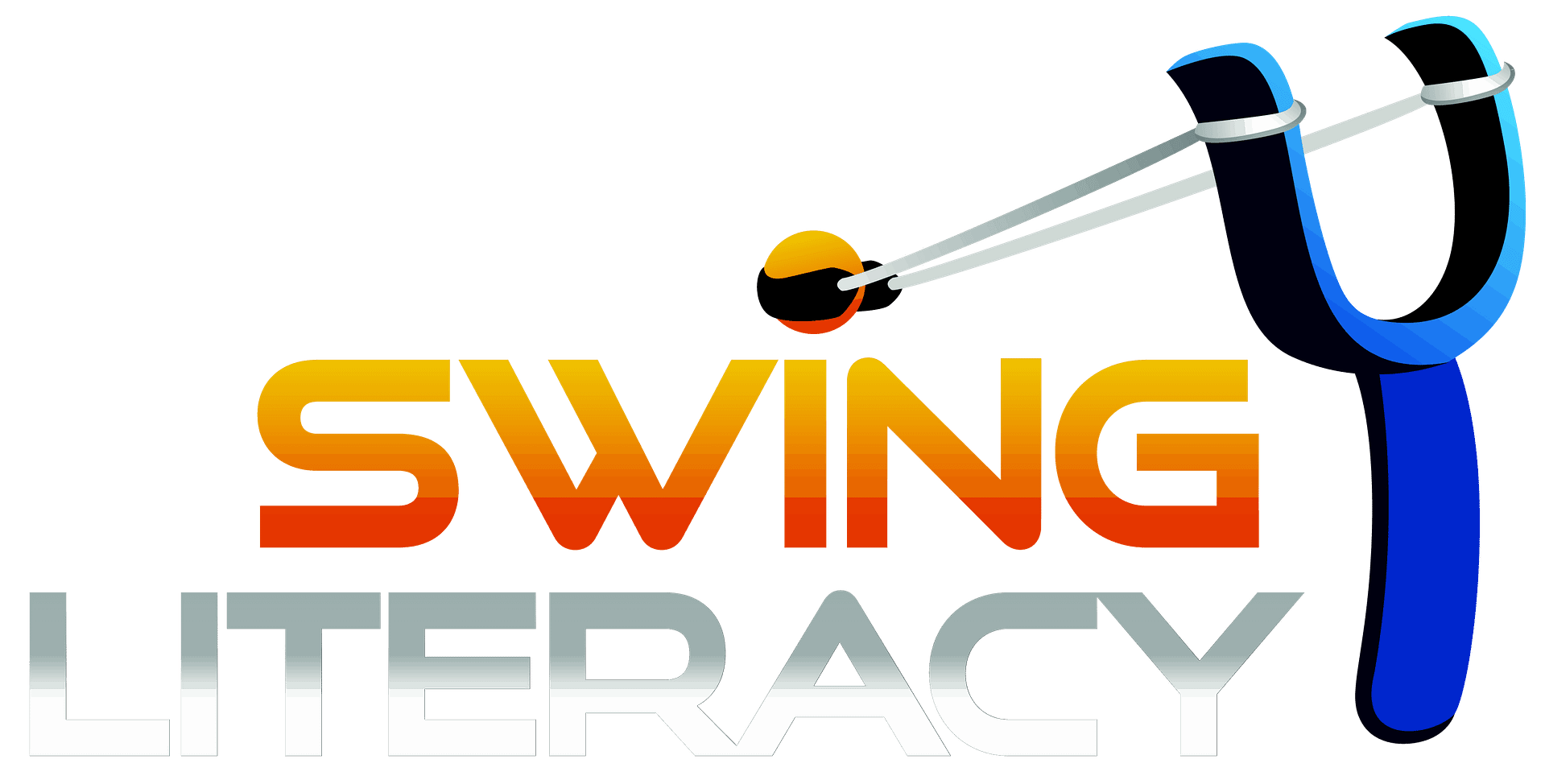
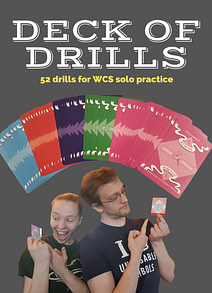
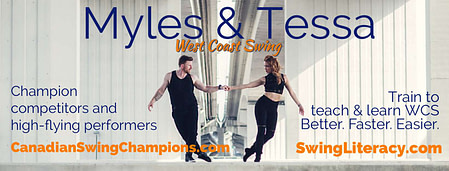
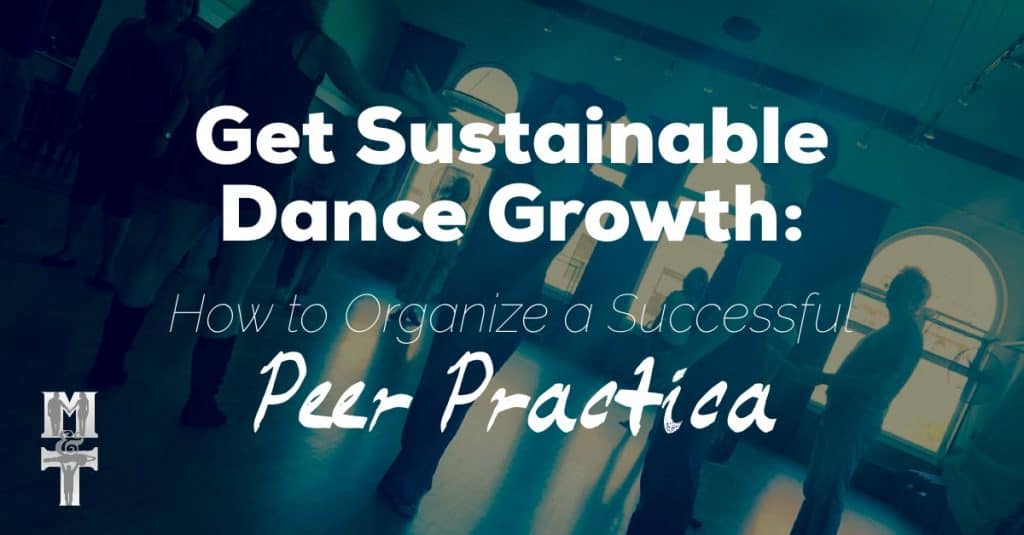
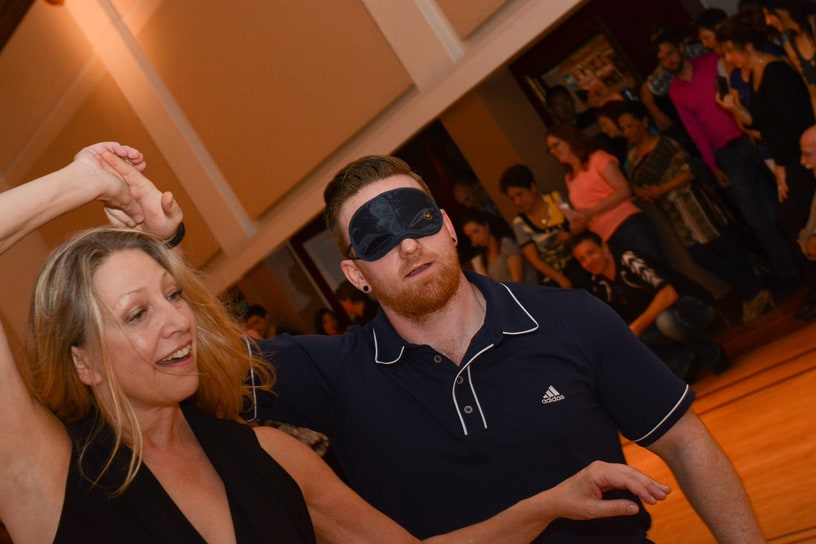
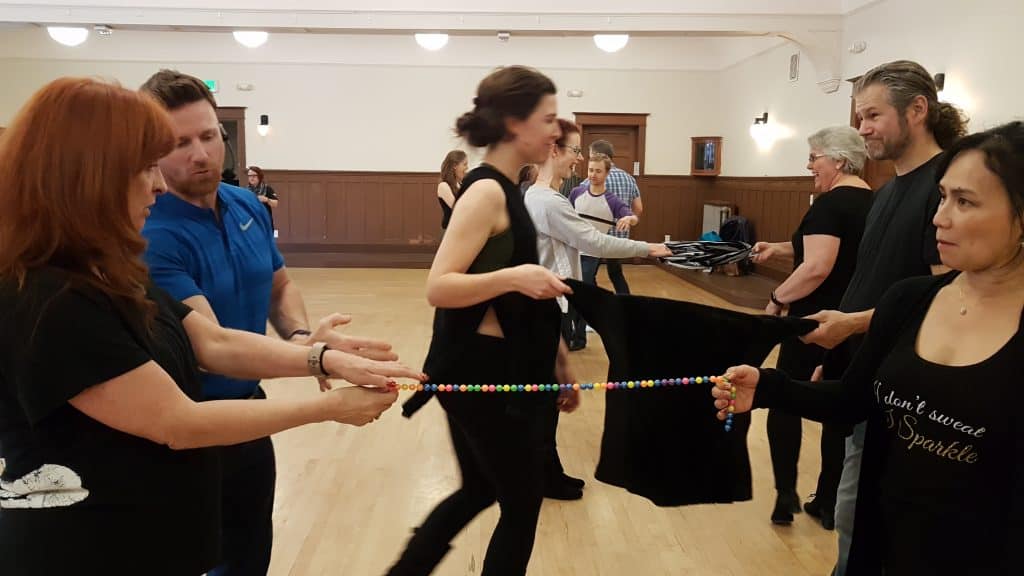
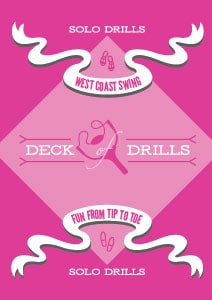
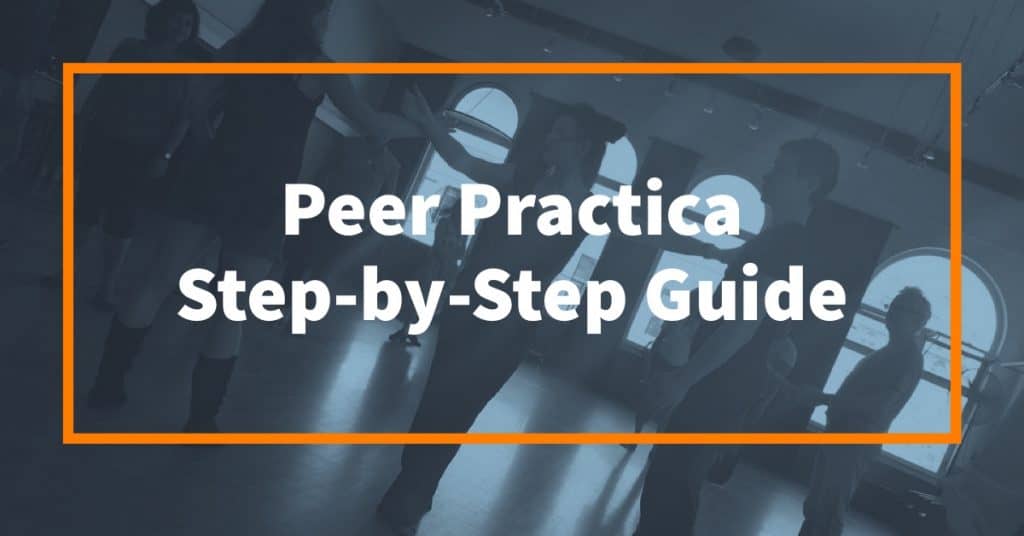
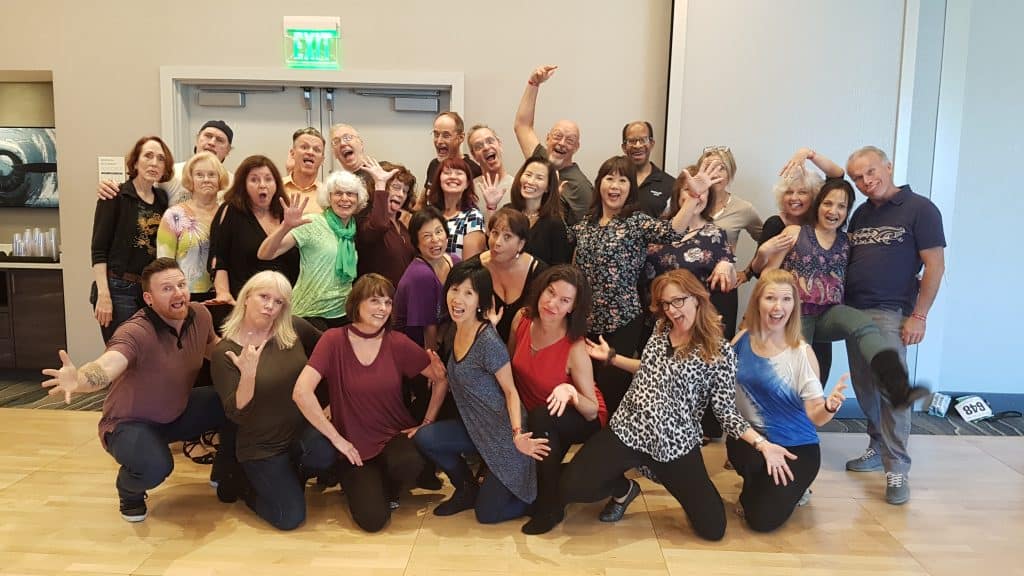 While Peer Practica are great on their own, the occasional guided group private lesson with a high-level coach would help keep everyone from infecting each other with confusion and bad habits.
While Peer Practica are great on their own, the occasional guided group private lesson with a high-level coach would help keep everyone from infecting each other with confusion and bad habits.